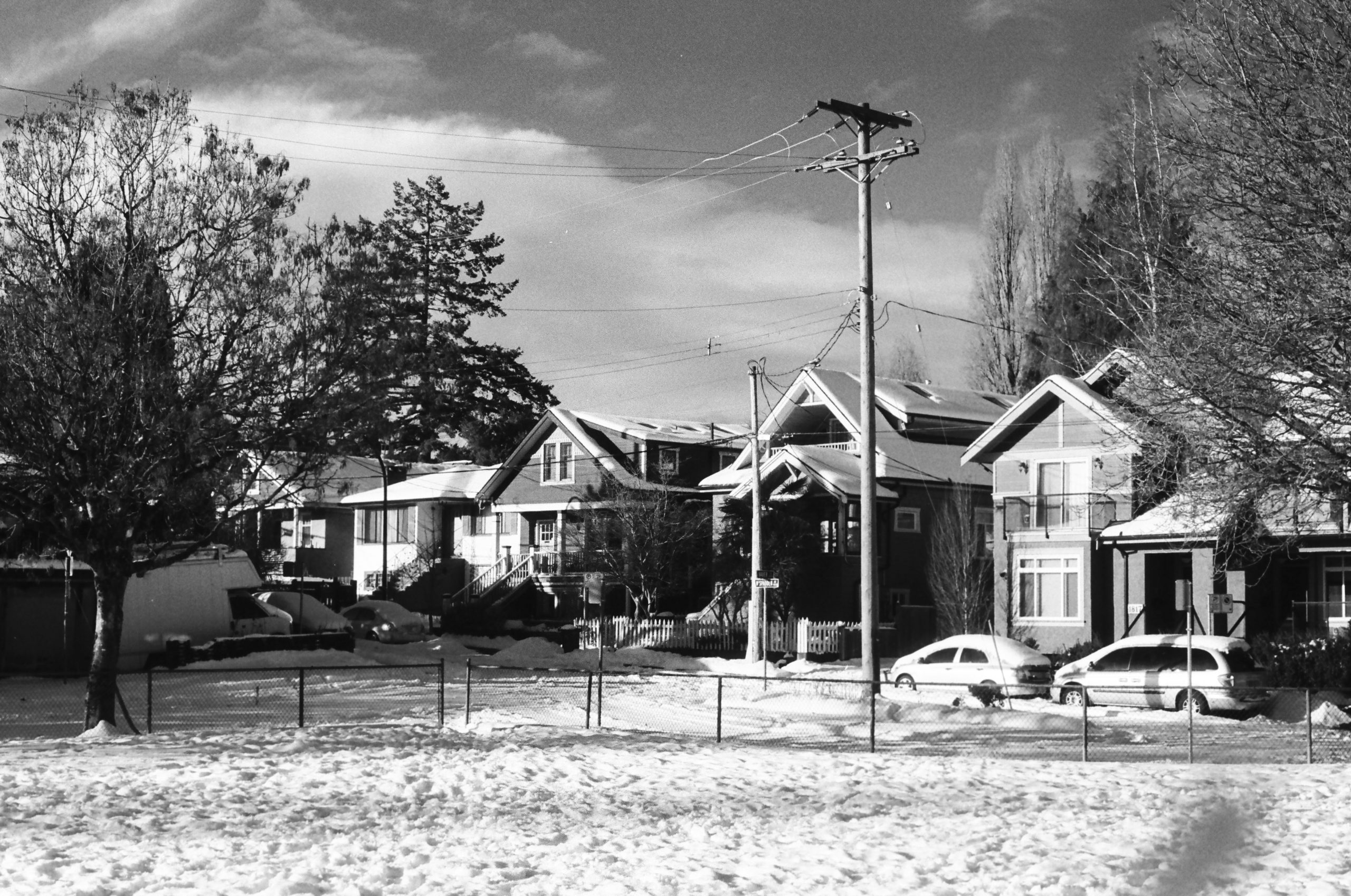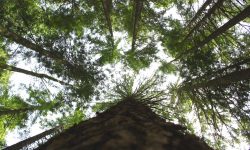The North Shore has been the home to coastal Aboriginal peoples for millennia, and Norgate is no exception. Situated on traditional Squamish, Tsleil-Waututh, and Musqueam lands, this area was once a natural oasis filled with local flora and fauna. Found at the mouth of the Capilano River, the Norgate waterfront was influenced by the deposits of the river, and its eastern side was carved by McKay Creek. Originally, McKay Creek flowed into an estuary that fed into the Burrard Inlet, and today, there are several ecological efforts in place to restore the critical natural environment.
Upon the arrival of Europeans in the area, land on the North Shore began to change dramatically and in 1891, the District of North Vancouver was incorporated. Because much of the activity focused on Moodyville (Lonsdale) and Indian Arm, Norgate remained relatively underdeveloped. This was because at that time, most travel to the North Shore was via ferry traffic or the Second Narrows bridge (today the Ironworkers Memorial Bridge) which opened in 1925.
However, Norgate was well positioned next to what was known as the First Narrows, one of the narrowest points in the Burrard Inlet between Stanley Park and Ambleside. In 1938, the Lions Gate Bridge, financed and built by the Guinness Family—yes, the same one that makes the Irish beer—opened its roads to the first motorists.
The new access made the areas near the Lions Gate bridge much more desirable for new development. However, there were still establishments in the area even before then. A notable one is the Tomahawk Barbeque, established in 1926 by Chick Chamberlain. At that point, it was frequently the meeting point for people visiting North Vancouver, and also was the area’s first drive-in restaurant. The cabin was decorated with native art and the restaurant continues to operate to this day. Notably, Bryan Adams used to work as a dishwasher there, and the restaurant was featured on Guy Fieri’s Diners, Drive-ins and Dives.
After the second world war, a post-war boom led to an increase in housing developments in the area, creating new neighbourhoods such as Edgemont Village, Capilano Highlands, and Norgate. The land that Norgate sits on was originally planned to be an airfield called the Capilano Air Park. In 1945, developers had already scoped out two runways, 3000 ft and 2500 ft for heavy and light aircraft respectively and planned to start construction in 1947. This even included luxury accommodations for “flying tourists.”
Unfortunately (or fortunately), the project didn’t receive enough funding and was deemed too unsafe because of its proximity to the bridge. The land was sold to Norman Hullah, a local North Shore developer. Between 1949 and 1952, Hullah built houses in Norgate based on the typical California subdivision. This meant that houses were built 50 at a time, and the operation even had its own local mill. Builders would come to the area and complete different stages for all of the houses at once like an assembly line. It’s why the Norgate Ranchers have such a recognizable look today.
Although they were smaller than other local developments, the houses were ahead of their time, featuring radiant heating, natural gas fixtures, and concrete slab foundations. The ranchers housed workers of the nearby shipyards and their families, however, the community quickly became a tight-knit one, and many of the residents that live there today have lived there for decades. Get this: in 1952, a three bedroom home sold for $9000!
As the area around Norgate developed, with the addition of the Upper Levels Highway in 1961, the construction of Capilano Mall in 1967, and the construction of Park Royal in 1988, the neighbourhood has managed to retain the character of “Old North Van” in the best way possible. Today, you can experience that same community feel and see the historic ranchers that once were the talk of the town. Good thing the airfield was never built!




